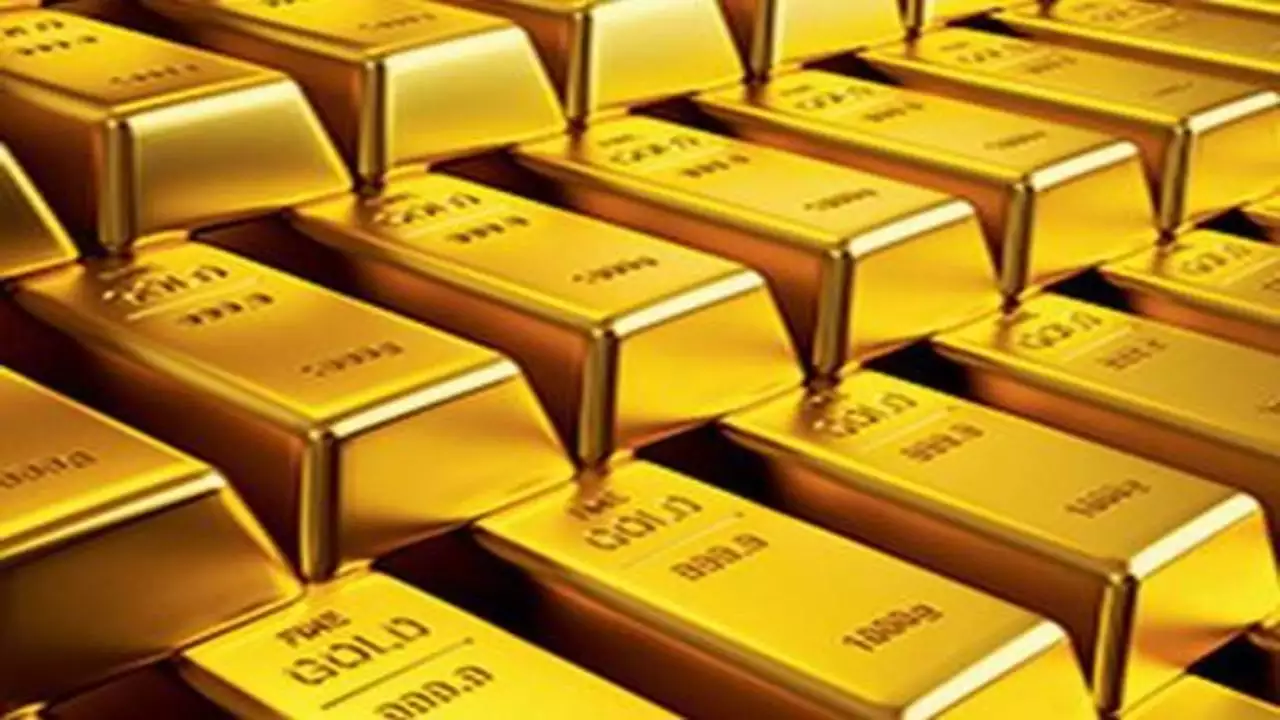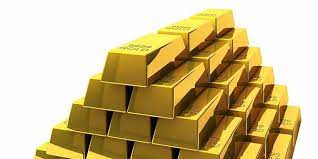Various Uses Of Gold
History shows that gold has always been appealing. Civilizations throughout history have loved the rare yellow metal and longed for its value and beauty. Aside from jewelry and coins, which most people know about, gold is used in other ways that might surprise you.
Gold has five unique qualities that have made it an important part of human history. It is also used for a wide range of things. Gold is always in demand and will always be valuable on its own because it can be used in so many different ways. See Also Futures of gold
What Does Gold Get Used For?
Gold can be used to make a lot of strange things. Many people know that gold is used in jewelry and coins, but it also has a wide range of industrial uses that make up a big part of the demand for gold around the world.
- Wealth protection and a financial exchange
- Electronics
- Decoration, jewelry and medals
- Medicine and dentistry
- Space exploration
Gold Can Be Used In The Following Different Manners:
Wealth Protection And A Financial Exchange:

Coins and other forms of money are some of the oldest ways the metal has been used. Gold is bought by governments, central banks, financial institutions, and private investors as a way to store wealth. Gold has kept its value over time because it is hard to find. Because gold’s value stays the same even as other assets lose value, pure gold bars and coins are kept in huge vaults or hidden under floorboards for their value alone.
It is difficult to determine how much gold bullion is stored as an investment, since investment bullion is something people can possess in addition to government reserves.
Even though there hasn’t been a full physical audit since Eisenhower’s time in office in the 1950s, the US is thought to have the most stockpiles, and Germany is thought to have the second-largest supply, but China and Russia are quickly adding to their stocks.
Electronics
Gold doesn’t rust, conducts electricity well, and doesn’t get too hot. Because of how it is made, it is a soft, flexible metal that can be easily bent or covered with thin layers. Because of these things, gold can be used in electronics, especially cables and connectors.
As consumer technology improves, the demand for electronics, especially cell phones, is increasing. In 2018, electronics used almost 1,400 tons of gold, 34% of all the gold used in the United States in 2017.
Decoration, Jewelry And Medals
Gold is most commonly used in the production of jewelry and other visually beautiful items all over the world. In 2018, China and India, the two countries that used the most, used more than half of the world’s output. In that year, China and India made jewelry out of more than 1,200 tons of gold. Many of these people will look at the investment potential of gold jewelry and its beauty and status.
This expensive metal has always been seen as a sign of wealth, style, and power. Gold is used to boost the value of a wide range of decorative items, like medals and badges that aren’t jewelry. Gold leaf has already been used to improve art, and most recently, the artist Maurizio Cattelan showed a gold toilet at the Guggenheim Museum in New York!
Medicine and dentistry
Gold has been used in dentistry and medicine for a long time because it doesn’t react with anything and isn’t dangerous. Every year, new uses come up, such as in prosthetics, where durability is very important. Different types of cancer are treated with microparticles, and Rheumatoid arthritis and muscle damage are treated with small amounts of gold injected into the body. Experiments with Covid have been done with even gold!
Exploration of space
Another new usage of gold that is strongly related to technology is satellites and space missions. Thin metal coatings are used in shields, visors, and other electronic parts, and their reliability is very important in the high-risk environment of space exploration and flight.
Gold particles reflect infrared light, so dark panels and visors don’t get as hot. Gold can be used as a lubricant because organic lubricants break down quickly and can’t handle the strong radiation and large temperature changes in space.


